Ghost Villages | Traditions in Transition
By Mick Stetson

Mick Stetson © All rights reserved.
Pratima Gurung knows ten people who left her village to work overseas. Today, the young are no longer happy living traditional lifestyles; instead, they dream of the success the modern world promises. In Nepal’s rural villages, only a few people remain. What were once thriving, autonomous villages 30 years ago are now filled with abandoned houses and uncultivated fields.The tragedy is that the traditions that helped these communities survive and flourish for centuries are at risk of vanishing, taking with them the vast archive of knowledge, expertise, and imagination that make up the complexity and diversity of their culture.
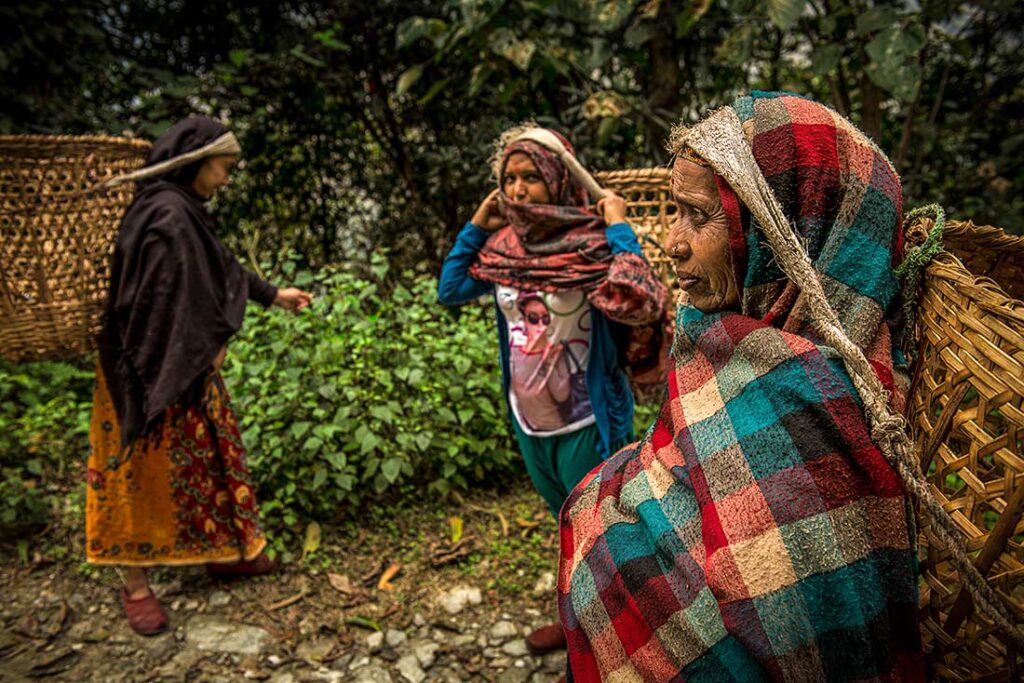
Mick Stetson © All rights reserved.
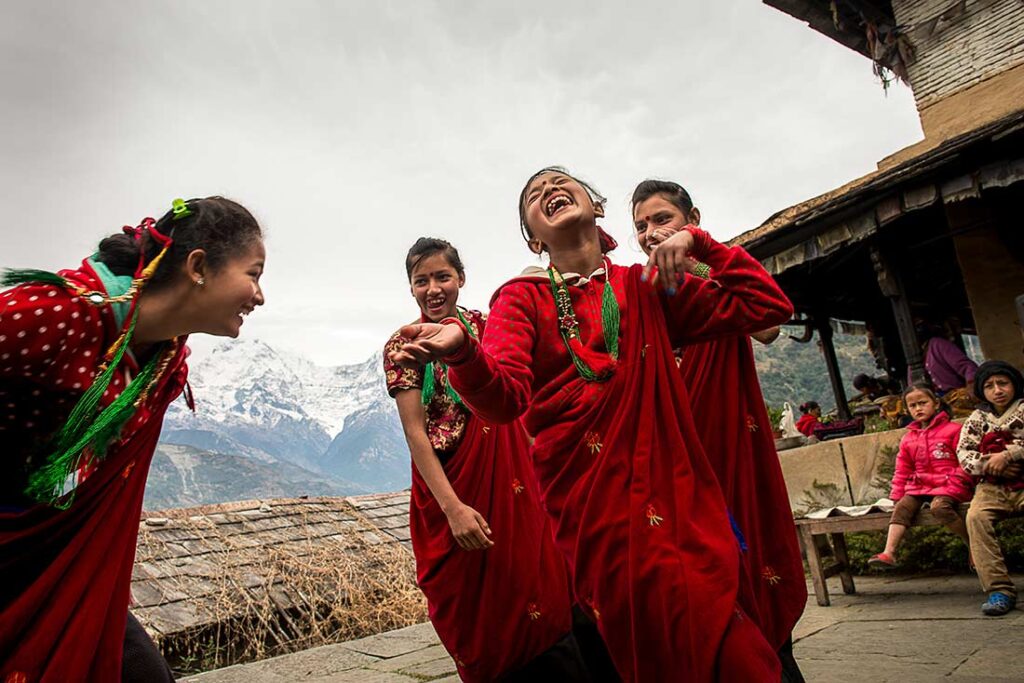
Mick Stetson © All rights reserved.
Until the end of the 18th century, stateless people (autonomous, self-governed) occupied most of the world’s landmass — forests, steppes, deserts, mountains, and other remote areas. With the advent of the industrial revolution, state powers needed laborers, so they began a large enclosure movement that would eventually enroll stateless people.
In Southeast Asia, including Nepal and India, this took place in the late 20th century. The oldest state-building strategy is to establish permanent settlements that pay tribute/taxes to the political center, usually under the guise of “civilizing” the barbarians. It would appear that in our modern era, this activity has ended, yet if we substitute other words, like “development,” “progress,” or “globalization,” then it’s apparent that the political agenda of the past is still alive today.
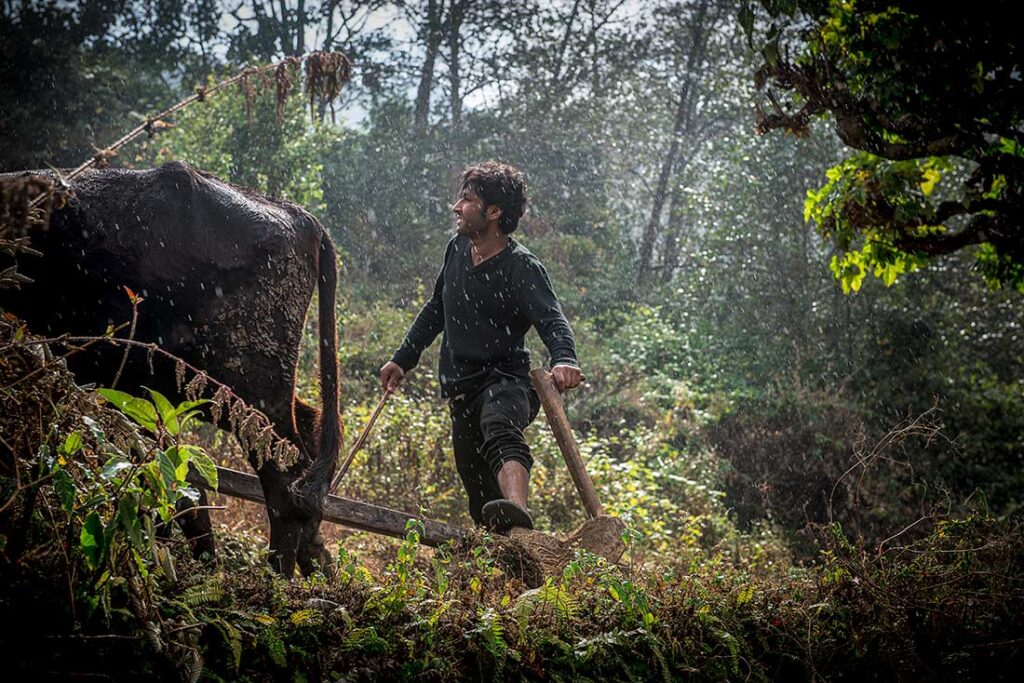
Mick Stetson © All rights reserved.
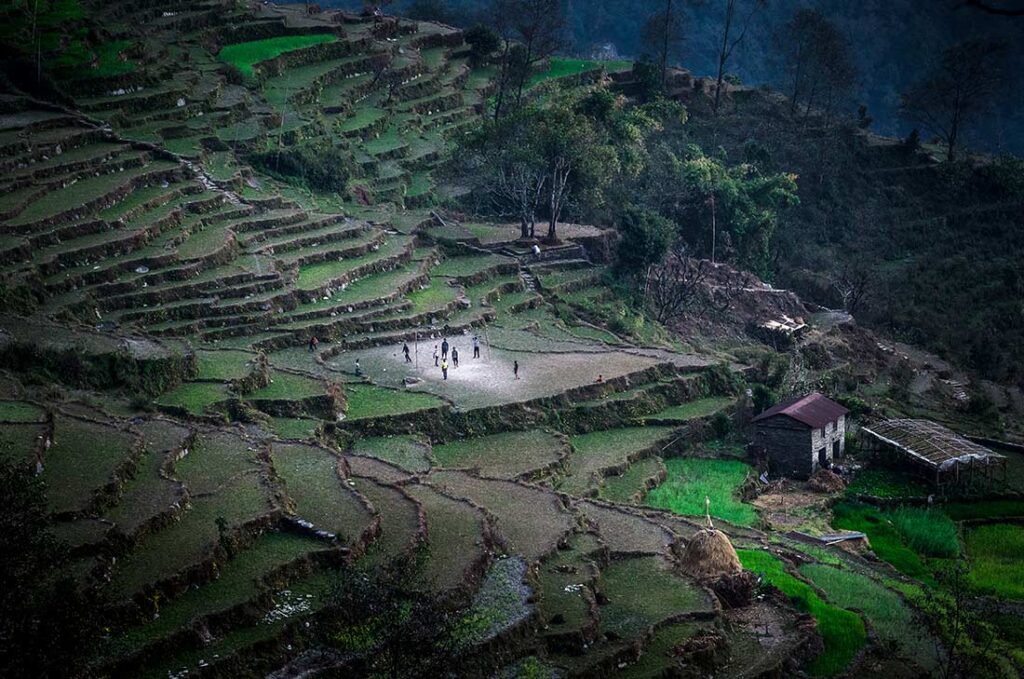
Mick Stetson © All rights reserved.
My photographic interests are centered on the diversity of people and how they express their unique cultural identities.
This project is important because it shows some of the hidden costs of modern industrialization and its accompanying lifestyle. It demonstrates the price of progress, not only of the waste it generates, but also its impact on cultural traditions and identity — in particular, the loss of diverse artistic, intellectual and spiritual expression that collectively defines the human experience as lived until now.
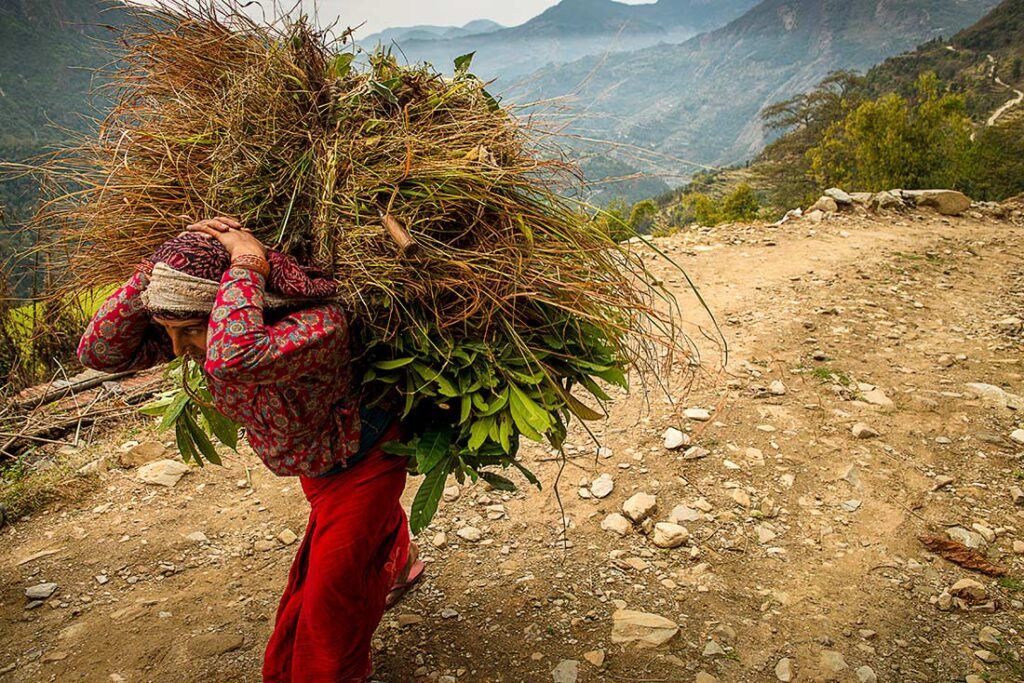
Mick Stetson © All rights reserved.
MICK STETSON

MICK STETSON is a photojournalist and freelance photographer who specializes in documenting cultures and people from remote regions within Asia as well as other social issues concerning the disadvantaged or disenfranchised members of modern society.
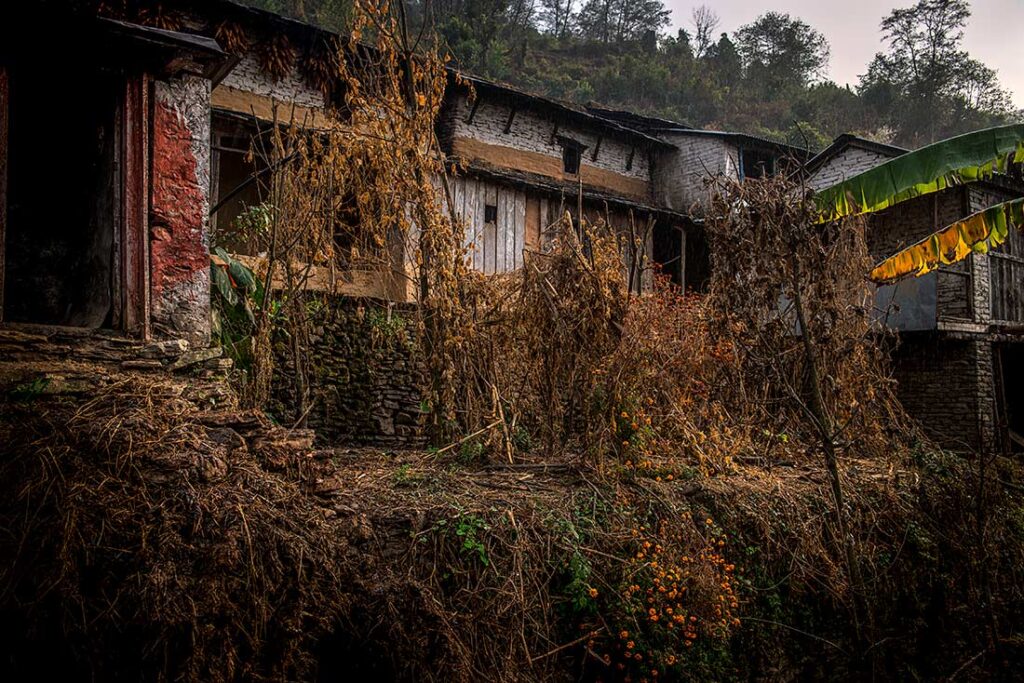
Mick Stetson © All rights reserved.
Regarding cultures, Mick focuses mainly on diminishing cultures and cultures that are transitioning or transforming due to the encroachment of modernity. He is especially interested in the effects of globalization on the traditional lifestyles of various ethnic groups and how it affects their individual and cultural freedom.
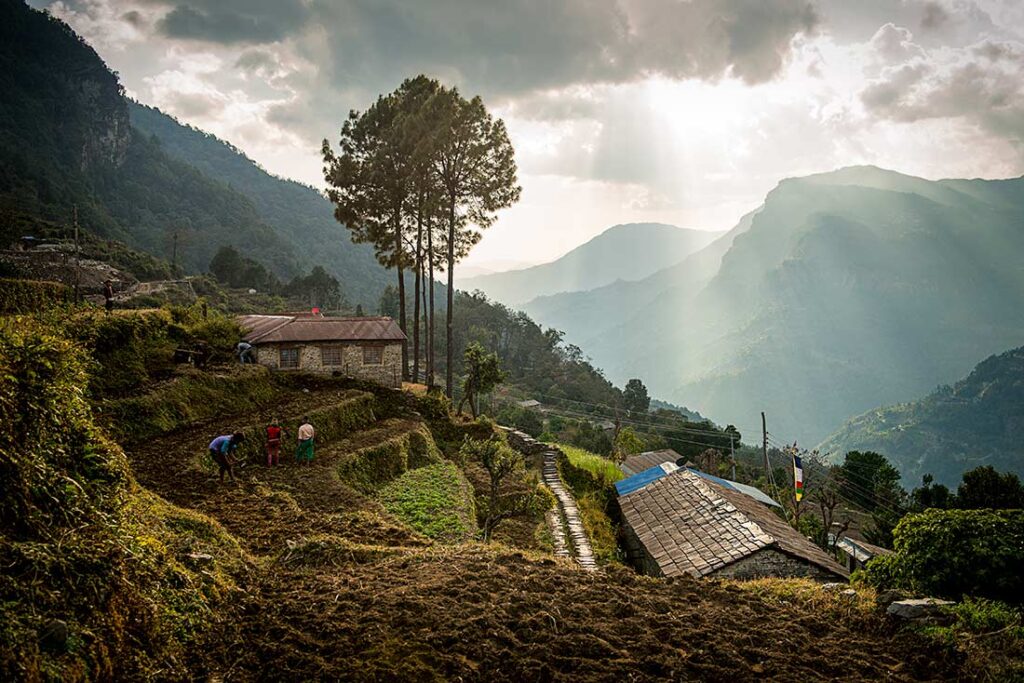
Mick Stetson © All rights reserved.
Pertaining to social issues, Mick strives to give marginalized members of a society a voice, which is usually silenced. He works with these members over long periods in order to gain the access and trust necessary to produce intimate, emotionally-charged photographs that take the viewer viscerally into these people’s worlds.

